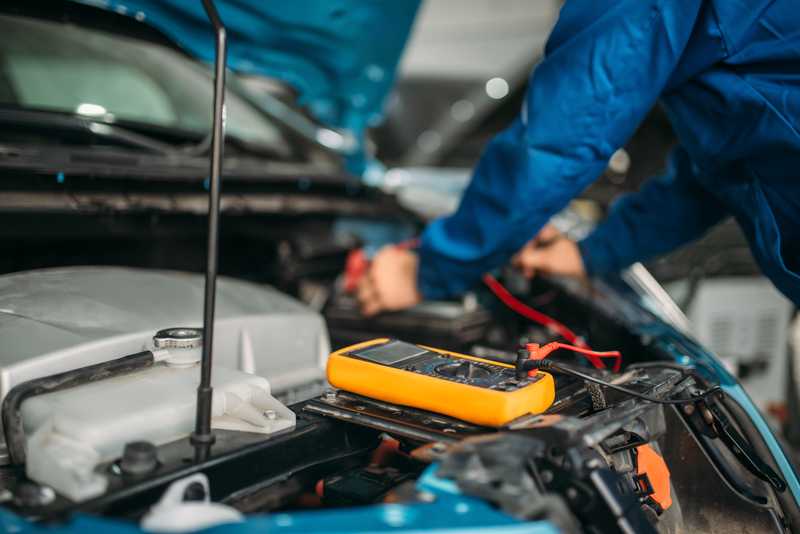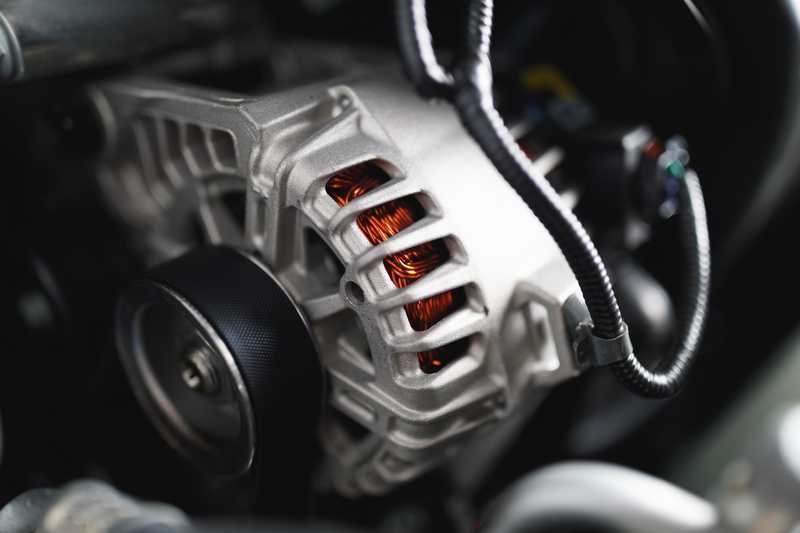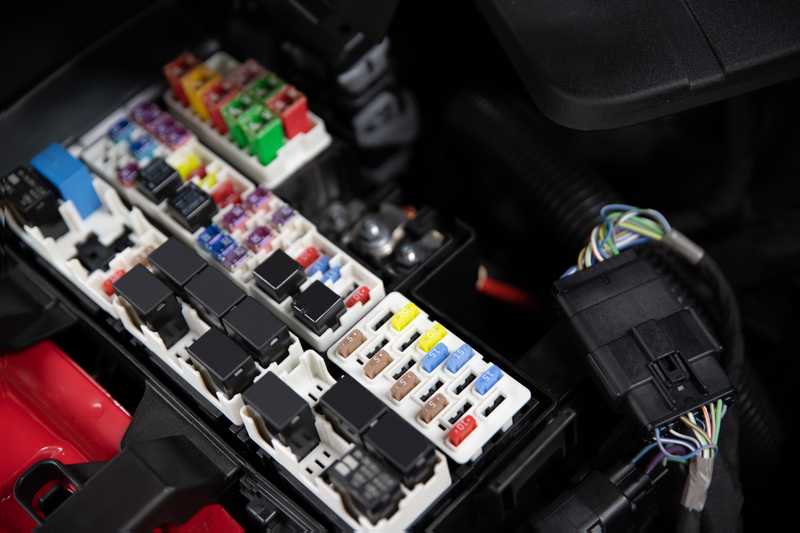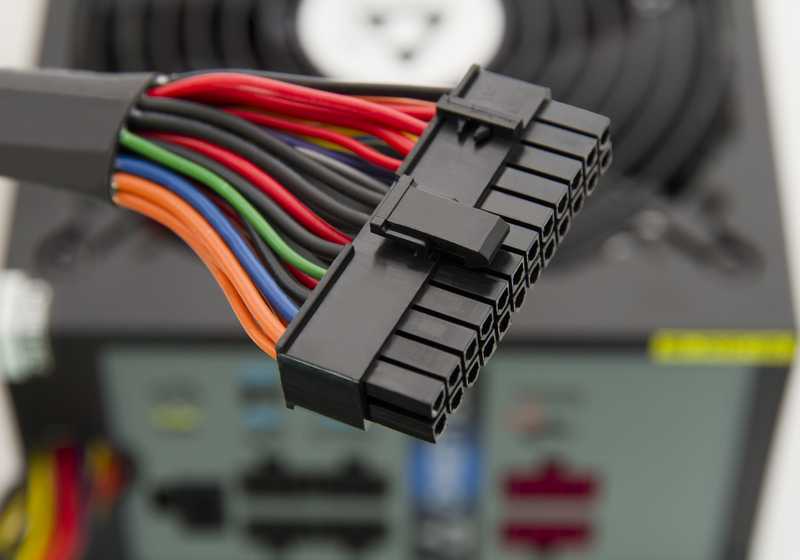
John Deere is the most popular choice when it comes down to farming equipment as they have designed construction and farming-specific equipment. All the equipment or vehicles are designed with an instrument panel that has various warning lights and gauges on it.
It’s mounted on the dashboard, just behind the vehicle’s steering wheel and helps drivers keep an eye on the vehicle’s status. However, the John Deere instrument panel is susceptible to performance issues, but the solutions are quite easy!
Fixing John Deere Instrument Panel Not Working
- Checking The Wires And Fuse
If the instrument panel isn’t working, the first thing you’ve to do is to inspect the wires. It’s recommended that you consult the vehicle’s manual and read the wiring diagram to understand the vehicle’s wiring system, as you’ve to check the wires that connect the instrument panel to power.
In most cases, excessive vibration can lead to loose or open connections. Since John Deere vehicles are used in rough fields, the vibration is evident. These open connections can cause performance issues, which means the wiring connections have to be checked and secured.
Secondly, you’ve to check the voltage, but that requires pulling out the instrument panel from the dashboard. So, take out the panel and make sure the key is set in the “run” position but keep the vehicle stagnant.
Then, check the voltage of the wire that’s connecting the stabilizer and the panel’s voltage. If there is a difference in the voltage reading, you have to locate the in-line fuse.
This is because a blown fuse can lead to voltage issues. When you locate the in-line fuse, and it’s blackened or brown, you must replace it.
- Replacing The Cluster
Repairing the instrument panel or cluster is easy, but it’s not a long-term solution. For this reason, if you can find a replacement panel or cluster according to the vehicle’s model, it’s recommended that you purchase a new cluster and get it installed.
The replacement is recommended if the cluster is worn out.
For instance, if the cluster is not working, the gauge needles are stuck, the speedometer’s light is burned out, or the wires are corroded, you should get it replaced.
The new cluster will also have a warranty for free repair and replacement if the issue occurs. Lastly, you must hire a professional mechanic to install the cluster (he will ensure that all the connections are made properly).
- Alternator
The alternator is responsible for producing electricity in the vehicle as it turns the mechanical energy into electrical energy. It also charges the battery when the vehicle is operating, and the spinning pulley generates the energy.
However, when the alternator stops working, it results in a voltage spike. In most cases, it’s caused by the poor connection of output or input wire.
When these wires have a poor connection, a regulator turns the alternator on a full charge, which results in an immediate rise in the voltage. In fact, it can lead to saturation of the alternator’s windings.
The voltage spike can damage the electronic components of the vehicle, including the instrument panel. For this reason, we recommend that you check the connections around the alternator and make sure they are tightly secured.
Also, if some wires are damaged, they should be replaced immediately to prevent voltage spikes.
- Computer Errors
In some John Deere vehicles, one wire can get two signals, which results in functionality issues. The signal issue is caused by a damaged or burnt-out computer or corrupt hardware.
Depending on the vehicle model you are using, it is recommended that you check the PCM. PCM is basically the brain of your vehicle as it’s responsible for managing the transmission, engine, and other systems.
However, when the PCM stops working, the vehicle won’t receive information as it won’t be able to read the sensors, and the instrument panel will stop working.
Irregular shifting, low fuel efficiency, always-on check engine light, and stuttering are some common symptoms of PCM failure. So, if you are experiencing any of these symptoms and the instrument panel isn’t working, you must get the PCM checked and replaced.
- Fuses & Relays
We have already said that replacing the blown in-line fuse can fix the instrument panel, but if it hasn’t, you must check the fuse box of the vehicle.
The fuse box has all the relays and fuses that prevent damage from weather, water, and other driving conditions. In addition, the relays in the fuse box help keep away the high voltage supply from the switches.
So, when the fuses and relays in the fuse box are damaged, the issues caused by bad driving conditions and voltage fluctuations will damage the instrument panel.
For this reason, you must consult your vehicle’s manual to determine the location of the fuse box (it’s usually in the engine compartment) and check the relays and fuses. If they are damaged or blown, they must be replaced.
- Connectors
As the name suggests, the connector is responsible for connecting multiple components of the car. In addition, the John Deere vehicles are designed with an electrical connector that helps create an electrical connection between different components of the electrical circuit.
So, if the connectors are damaged or loose, they won’t be able to create an electrical connection, and the instrument panel won’t be powered.
To fix this issue, you have to do a circuit trace and see if there are unplugged connectors. In case you find the loose or unplugged connectors, you must disconnect the vehicle’s battery, connect the connectors, fix the loose ones, and reconnect the vehicle battery.
As a result, the electrical connection will be created, and the instrument panel will turn on.
- Sensors
If the instrument panel is turned on, but one or two gauges aren’t working, it’s likely caused by a bad sensor. The sensors are important for monitoring the vehicle’s internal systems and sending this information to the ECU or instrument panel.
In most cases, a bad speedometer sensor causes the issues, and some of the symptoms include power loss, activation of check engine light, and cruise control issues. The only solution for a bed sensor is to replace it.
- Voltage Regulator
A damaged voltage regulator is one of the most common reasons behind a malfunctioning instrument panel. This is because the voltage regulator is responsible for charging the right amount of electrical charge or power flowing consistently to different parts of the vehicle.
So, when the voltage regulator is damaged or broken, the components of the vehicle’s electrical system will stop working, including the instrument panel.
Even if it doesn’t stop the instrument panel completely, the gauges will be erratic, and the reading won’t be correct. So, if you have checked and fixed the previous components but the instrument panel is still not working, it’s recommended that you replace the voltage regulator.
- Wiring Issues
If the voltage regulator is working properly, there are chances that wiring issues are causing issues with the instrument panel. To illustrate, when the wires rub together, it causes a short circuit, which results in the erratic behavior of the ICs.
So, it’s recommended that you contact the mechanic to inspect the wiring system of the vehicle through a circuit trace and make sure the wires don’t rub with each other.
- Grounding
The John Deere vehicles have a chassis ground point (it is closer to the battery). The chassis ground refers to the ground connection on the bodywork of the vehicle. In addition, it’s a common point that connects multiple grounds to a wire.
Damaged grounding can cause issues with the indicators and gauges, which indirectly impacts the instrument panel. So, if you’ve checked everything, it’s recommended that you call the mechanic to get the grounding checked.
The Bottom Line
The instrumental panel is important to keep an eye on the vehicle’s activities or status. However, if it stops working, you can try all these solutions. In case you aren’t experienced enough to handle the electrical connections, you must seek professional help.




